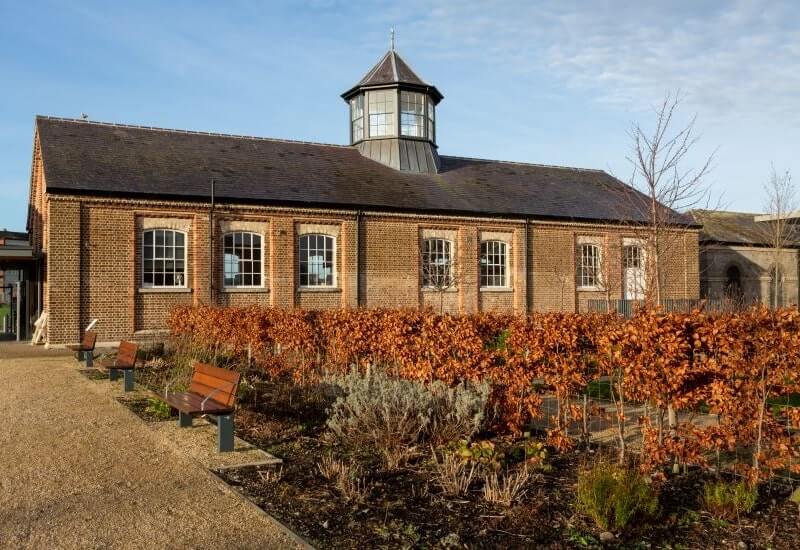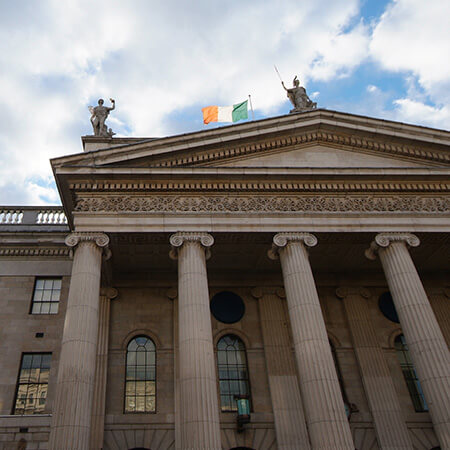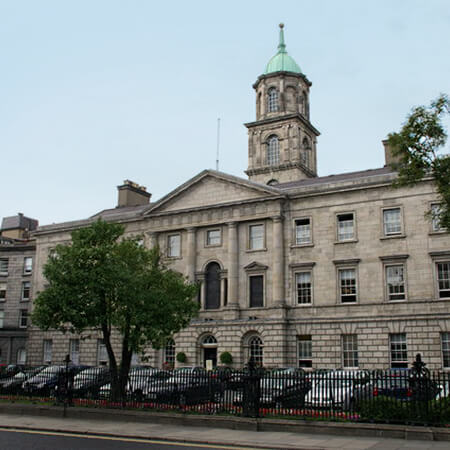A freshly restored piece of Dublin history
‘Ah, if these walls could speak…’ The clichéd, but always heart-felt, phrase we’ll forever use to reference intriguing historical sites. The underlying assumption is that we will never learn these forgotten tales.
In the case of Richmond Barracks in Inchicore, however, the people who lived, worked and were schooled here over the last two centuries have been given a voice.
The restoration of Dublin’s Richmond Barracks
From military accommodation to a prison, then social housing and a school, Richmond Barracks has had several incarnations. And all of them played out to the backdrop of some of the nation’s most turbulent times.
Of the original barracks, three buildings remain standing and these were restored as part of Dublin’s 1916 commemorations.
The official opening of the newly restored Richmond Barracks took place in 2016. This saw the buildings restored to their former glory, as well as the instatement of a reproduction cupola. (This is the unique dome-like structure which sits on the roof of the barracks’ original gymnasium building.) As a result, the barracks now sits among Dublin’s best attractions.

A brief history of the barracks
Richmond Barracks were built in 1810 in response to the threat of a French invasion during the Napoleonic Wars. At the time, it was one of the British Army’s largest barracks in Dublin and almost all British regiments spent time here before departing for World War I, the Crimean and Boer wars.
A housing project called Keogh’s Square also existed here; it then became a slum. And from 1929 until 2007, the site played home to St. Michael’s CBS School.
Although it’s that 1916 link that is foremost in the mind of most visitors.




